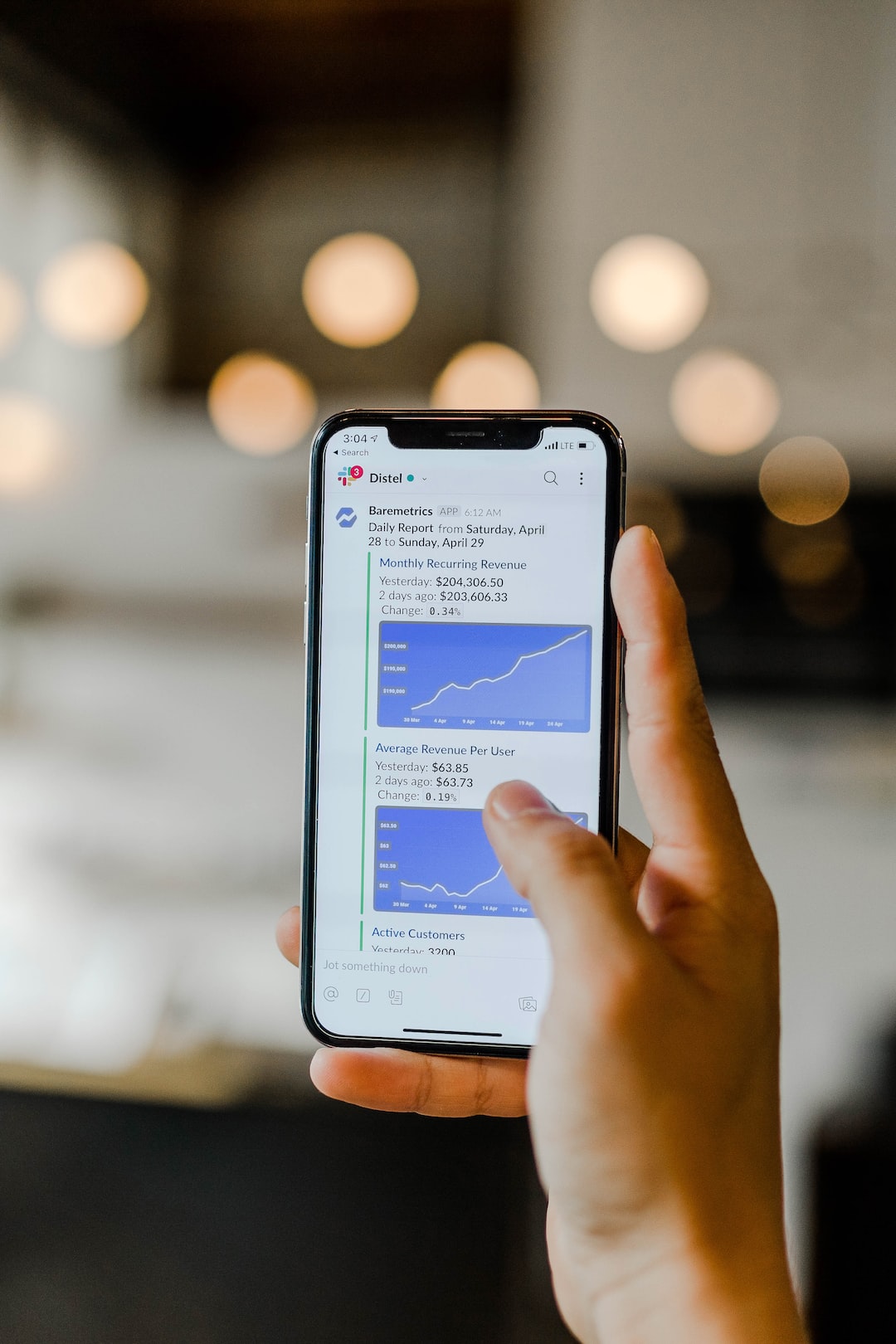Understanding Forex Liquidity: A Beginner’s Guide
Forex liquidity is a crucial concept for anyone starting their journey into the world of foreign exchange trading. As a beginner, it is essential to grasp the fundamentals of liquidity and its impact on the forex market. In this article, we will delve into the depths of forex liquidity, explaining what it is, why it matters, and how it can affect your trading decisions.
What is Forex Liquidity?
Forex liquidity refers to the ease with which a currency pair can be bought or sold without causing a significant change in its price. In simpler terms, it is the measure of how quickly and efficiently you can enter or exit a trade at a desired price. Liquidity is primarily influenced by the number of participants in the market and the volume of trading activity.
The forex market is the largest and most liquid financial market globally, with trillions of dollars traded daily. Liquidity in forex is driven by various participants, including banks, financial institutions, hedge funds, retail traders, and even central banks. The interbank market, where most of the forex trading occurs, is the hub of liquidity.
Why is Forex Liquidity Important?
Understanding forex liquidity is crucial for several reasons. Firstly, it affects the ease of executing trades. In highly liquid markets, trades can be executed swiftly, with minimal slippage between the desired price and the actual execution price. On the other hand, in illiquid markets, executing trades can be challenging, leading to significant slippage and potential losses.
Secondly, liquidity impacts the bid-ask spread. The bid price is the price at which buyers are willing to purchase a currency pair, while the ask price is the price at which sellers are willing to sell. In liquid markets, the bid-ask spread tends to be tighter, meaning there is a smaller difference between the two prices. Tight spreads are favorable for traders as they reduce transaction costs.
Furthermore, liquidity affects price stability. In highly liquid markets, prices tend to be more stable as there are a large number of buyers and sellers. On the other hand, in illiquid markets, even a small order can cause significant price movements. This can lead to increased volatility and higher risk for traders.
How to Measure Forex Liquidity?
Several indicators can be used to measure forex liquidity. One commonly used metric is trading volume. Higher trading volume indicates greater liquidity as it suggests a larger number of participants actively buying and selling currencies. Volume can be observed on trading platforms and is usually displayed as the number of lots or contracts traded within a specific time period.
Another measure of liquidity is the bid-ask spread. As mentioned earlier, a tight spread indicates higher liquidity, while a wide spread suggests lower liquidity. The bid-ask spread can be easily seen on trading platforms and is typically expressed in pips.
Additionally, the depth of the market, also known as market depth, is a valuable indicator of liquidity. Market depth shows the cumulative number of buy and sell orders at various price levels. A deep market with a significant number of orders at different prices indicates higher liquidity.
The Impact of Forex Liquidity on Trading Decisions
Understanding forex liquidity is crucial for making informed trading decisions. In highly liquid markets, traders can easily enter and exit trades at desired prices. This allows for more precise execution and reduces the risk of slippage. Additionally, tight bid-ask spreads in liquid markets lead to lower transaction costs, making trading more cost-effective.
On the other hand, in illiquid markets, traders may encounter difficulties when executing trades. Slippage can occur, resulting in trades being executed at less favorable prices than intended. Wide bid-ask spreads can also increase transaction costs, eating into potential profits.
Moreover, liquidity can impact risk management strategies. In liquid markets, stop-loss orders are more likely to be executed at desired levels, providing traders with better risk control. In illiquid markets, stop-loss orders may not be executed promptly, leaving traders exposed to larger potential losses.
Conclusion
Understanding forex liquidity is vital for any beginner entering the forex market. Liquidity affects the ease of executing trades, bid-ask spreads, price stability, and risk management. By analyzing trading volume, bid-ask spreads, and market depth, traders can gauge the level of liquidity in the market and make more informed trading decisions.
In summary, forex liquidity is the lifeblood of the currency market. It ensures efficient trading, reduces slippage, and provides opportunities for profit. As a beginner, it is crucial to grasp the concept of liquidity and its impact on your trading journey. With a solid understanding of forex liquidity, you can navigate the market with confidence and enhance your chances of success.






